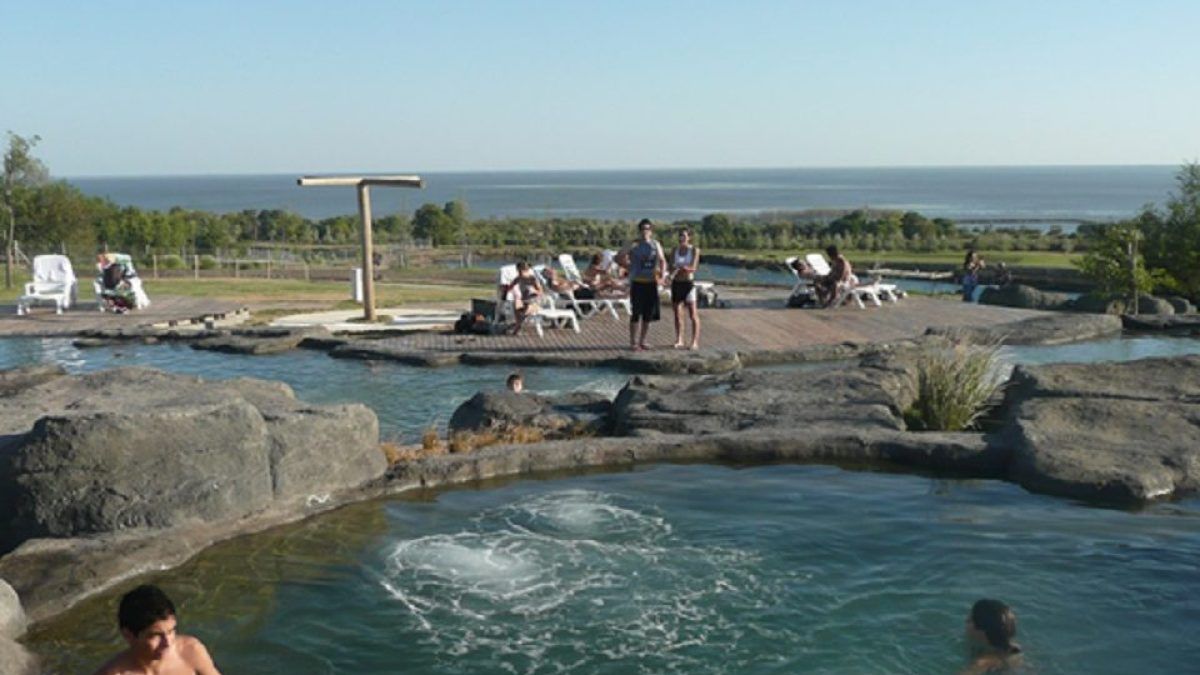Anyone in Uruguay have you already heard about the exchange difference with Argentina, the price gap that exists between both countries and the effect that this has on the local economy, especially due to the exodus and consumption diversion which is commonly observed. However, the effect is opposite on the other side of the border: the greater flow of tourism and consumption in the cities of the Argentine coast They contribute to boosting their economies and, facing the upcoming summer season, they are already preparing to welcome Uruguayans.
He Ministry of Tourism local works actively to attract foreign visitors with measures such as VAT exemption in certain items during the season; but it also focuses on retaining Uruguayan tourists, promoting the internal destinations.
However, for this last public it has direct competition: the different offices of the border cities of Between rivers, You already see how, week after week, cars with license plates Uruguay “they cross the pond.” And they intend that, during the summer, the situation continues and they can even receive even more Uruguayans.
Rows Of Cars Uruguay Argentina Border Exchange Difference Exodus
Long lines of cars to cross from Uruguay to Argentina are already common on holidays, long weekends and vacations.
Capture: Underlined
Retail shopping as a gateway to tourism
Just as on this side of the border, the long lines of cars on international bridges are bad news for the coastal and national economy, for the neighboring province of Entre Ríos it is the opposite. And although this flow of visitors has intensified in recent months due to the increase in the exchange rate difference – due to the Argentine devaluation, the increase in the Dolar blue or parallel and, in turn, a strengthening of the Uruguayan peso for a good part of the year—; This is something that has been happening for a while.
“Since the opening of the bridge in the post-pandemic period, the presence of Uruguayans in our city,” he explained to Ambit the Secretary of Tourism and Culture of Columbus, Frederick Escher. “Historically the city was visited during the day and to carry out retail shopping, “But both the public and private sectors have promoted the city as a tourist destination, making known all the accommodation options, gastronomy and attractions, ensuring that people extend their stay,” he added, giving an account of a structural situation that they have known how to take advantage of for their benefit. of the town.
This scenario of visits during the day and retail purchases can still be observed in the empty shelves in the supermarkets of Concord and Gualeguaychu, for example — who test border controls to then be able to enter Uruguay slightly more than the 5 kilos of merchandise allowed by law—; and in the long lines at service stations to charge fuel Although many charge a 35% differential to vehicles with foreign license plates.
There are even those who consider living in Argentina without stopping working on Uruguay, taking advantage of the exchange difference to have a better passage on the other side of the border.
Although there are no specific statistics, from the Entre Ríos Chamber of Tourism estimate the greatest impact of the Uruguayan exodus to the border cities has to do with what commercial, 95%. The remaining 5% is observed in gastronomy and in the use of tourist services.
The Uruguayans, a goal for the summer
In this context of frequent visits, and given the proximity of the summer season, the cities of Entre Ríos are preparing to make the day trip a longer stay. “On vacations or holidays we have experienced the visit of Uruguayan tourists who choose cities like Federation, Columbus and Gualeguaychú”, They explained from the Entre Ríos Chamber of Tourism.
In this regard, Escher pointed out that “last year on average we were with 15% of visitors from the Eastern Republic of UruguayHowever, so far this year the percentage has been growing month by month and we hope to be able to exceed 25%” in terms of the specific figures of Colon.
The tourism business chamber agrees with these numbers: the employment currently generated at the general border level is made up of a 25% of Uruguayan tourists, while the other 75% corresponds to local Argentine tourism. The objective is to increase the percentage of visitors from Uruguay.
Among the specific actions aimed at this, Escher highlighted the presence and promotion of the city in different types of events in Uruguay. Among them, in the Beer Week in Paysandu and in Termatalia of Leap. “We maintain a very good relationship with the national and departmental authorities of the Uruguay, where in addition to publicizing our hot springs we offered to advertise the destination Uruguay in the city of Colón,” explained the Secretary of Tourism and Culture.
“On the other hand, we have developed links with influencers and the press to continue publicizing the benefits of Colón and the region Land of Palmares (6 municipalities) where there are nature circuits, hot springs, beaches, popular festivals and regional gastronomy,” he added.
“We believe that it is necessary to continue growing in a common agenda where not only Uruguayans come to Argentina but also that many Argentines who come to Colón know the thermal circuit of the Uruguay “which is very accessible in economic terms or popular festivals,” considered Escher, realizing that the proximity between both countries can be beneficial; Although, currently, for the Uruguayan coast it is more of a problem to be solved.
Source: Ambito




